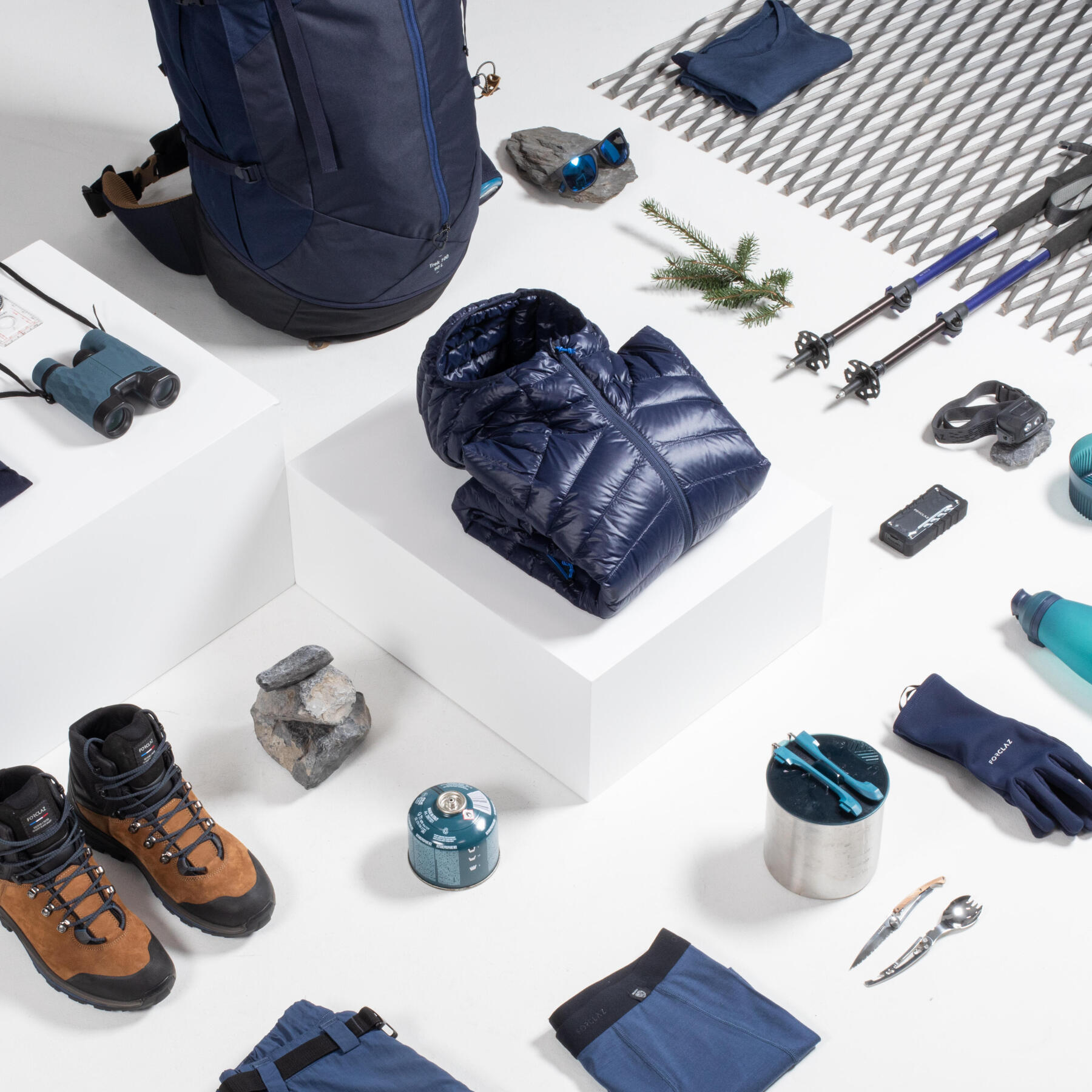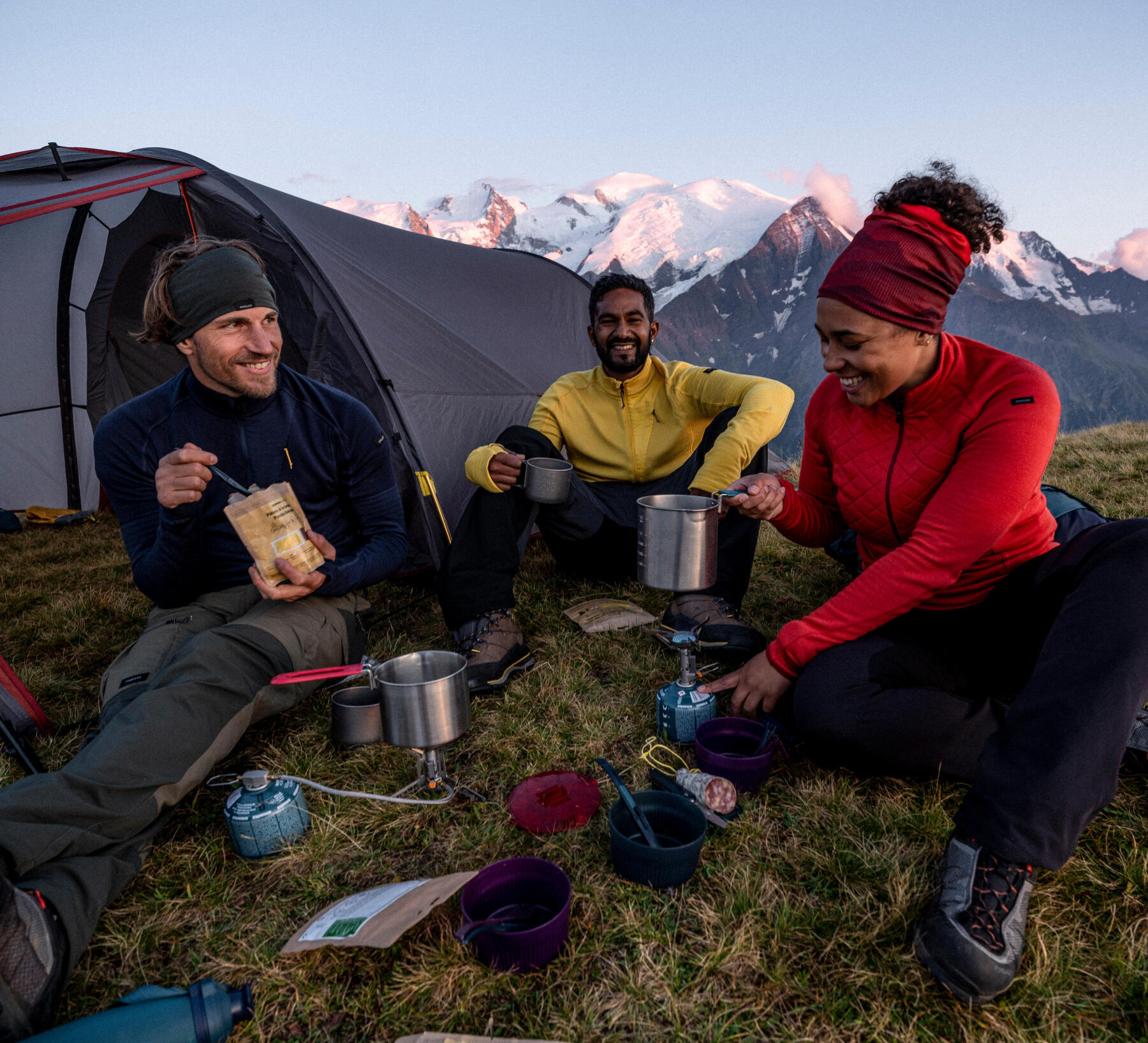Slow travel, the art of taking your time
Slow travel is not a new means of transport, it's more than that, it’s a state of mind that consists of taking your time.
Taking your time on your trip encourages more environmentally friendly transport, opening you up to encounters and really immersing yourself in places and local culture. It reduces the environmental impact and provides the opportunity to travel differently, to live a new, unique experience.
Slow travel can be used for any trip, over a weekend or several months.





